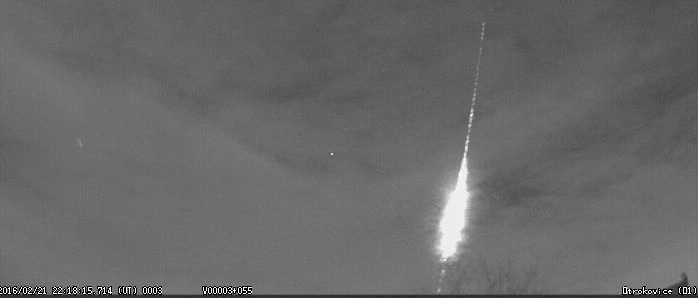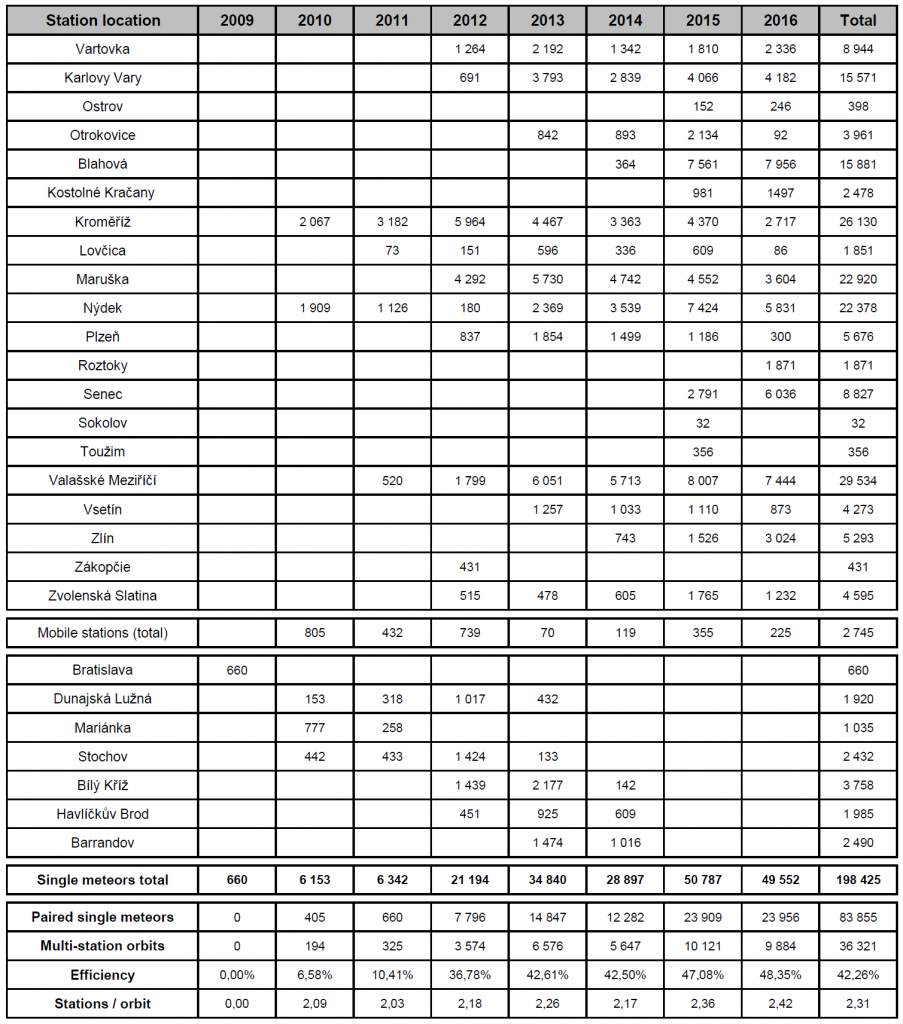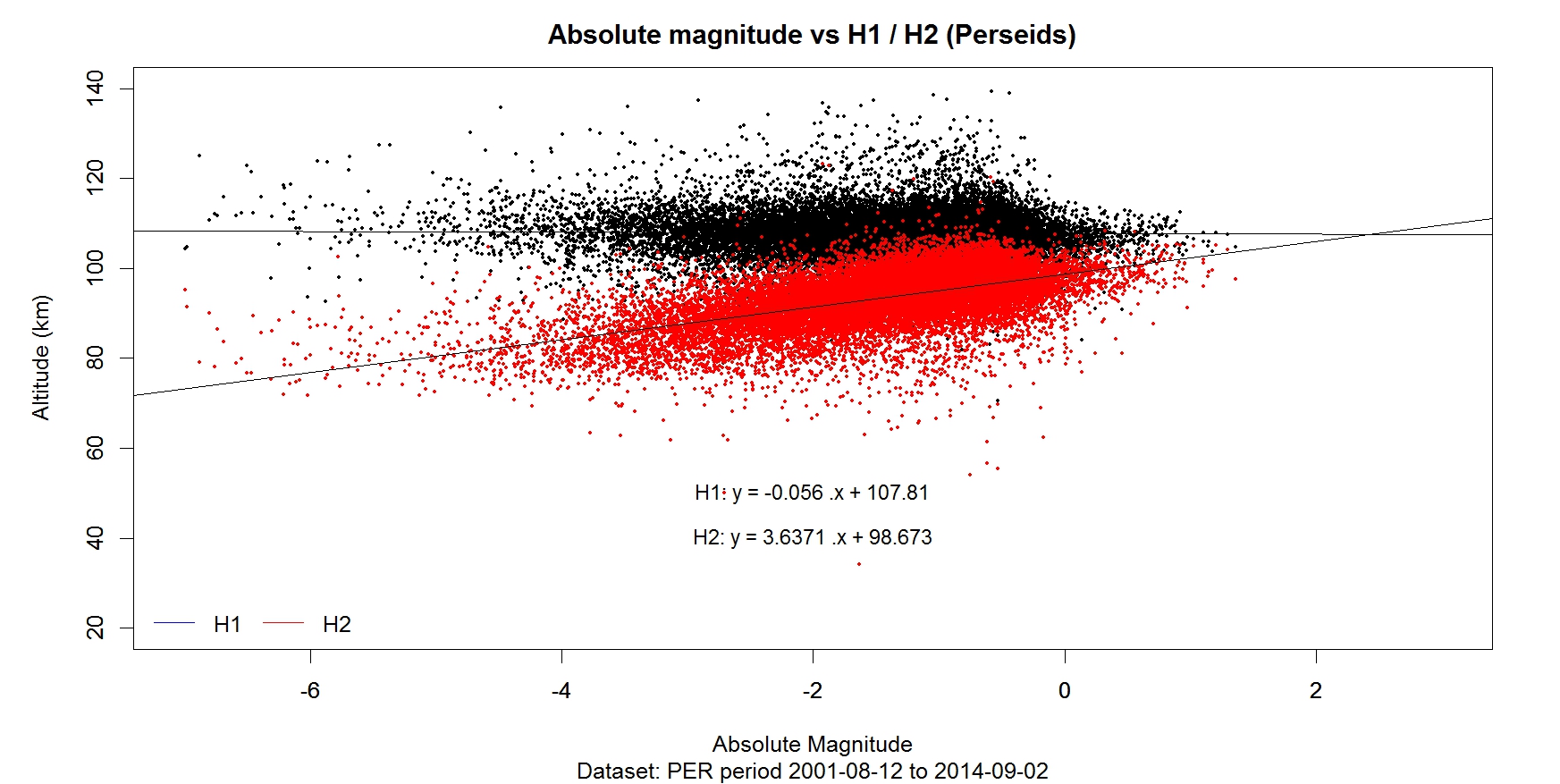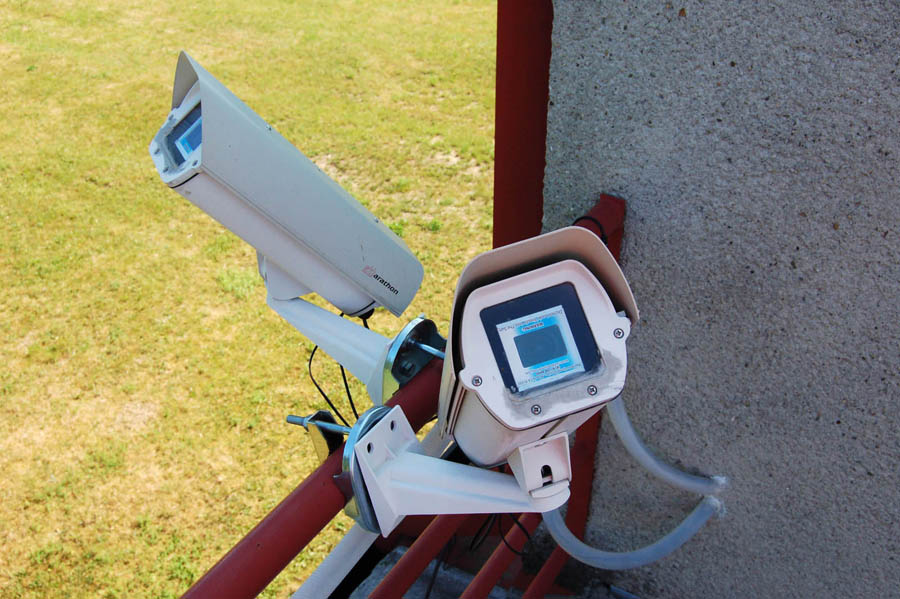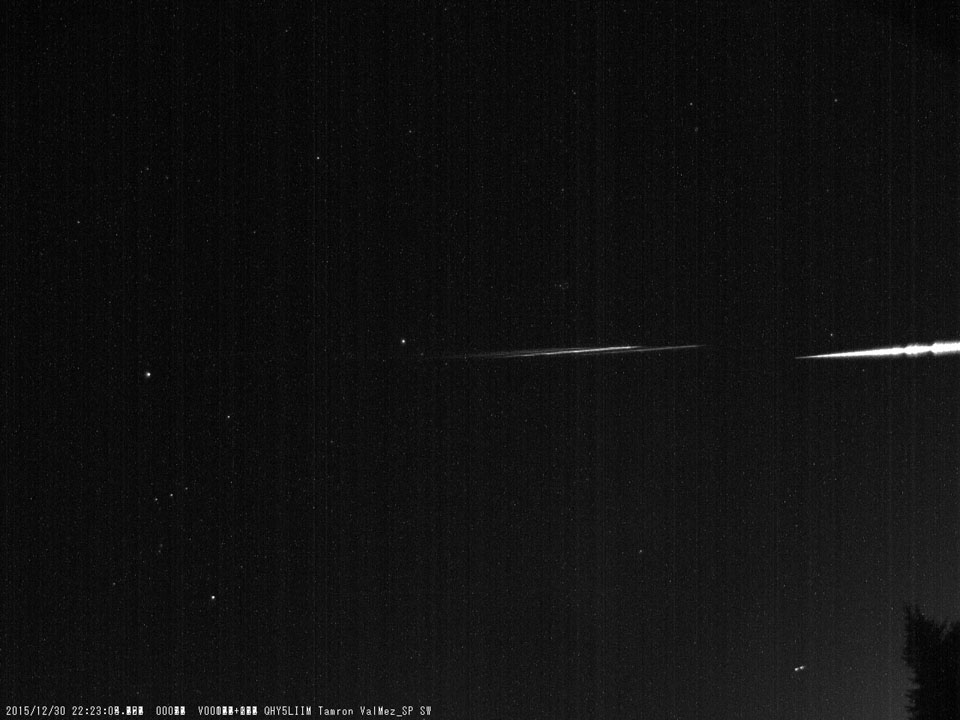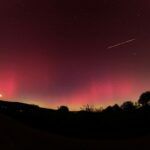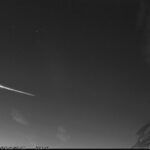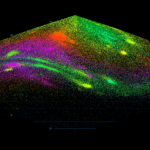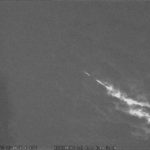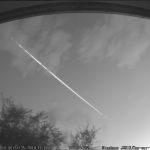The Central European video Meteor Network (CEMeNt) established in 2010 is a platform for cross-border cooperation in the field of video meteor observations between Czech Republic and Slovakia. From the beginning the CEMeNt observational activities has been coordinated with professional Slovak Video Meteor Network (SVMN, [1]) as well as with other similar networks in area of central Europe (especially Hungarian Meteor Network, HMN [2] and Polish Fireball Network, PFN [3]). During six years of operation the CEMeNt network went through an extensive development. In total 33 video systems were working on 17 permanent stations located in Czech Republic and Slovakia during 2016.
Equipment and results
The Central European video Meteor Network (CEMeNt) was established in 2010 by Roman Piffl (Slovakia) and Jakub Koukal (Czech Republic, Society for Interplanetary Matter, SMPH, z. s. as a non-institutional platform for cross-border cooperation in the field of video meteor observations in central Europe. From the beginning the CEMeNt has been organized as a network of mostly amateur astronomers with low-cost wide field video-systems for meteor activity monitoring. Acquired meteor data enable to obtain high precision positions and velocity observations for multi-station meteor orbits calculations. Video-systems used in CEMeNt are based on various types of sensitive CCTV video cameras with 1/3” or 1/2” chip and fast (~ f/1.0) varifocal lenses. For detection and analysis the UFOTools software pack by SonotaCo [4] is used. Most of the stations are „wide field“ with diagonal field of view about 60-90 deg. Camera systems are sheltered in weatherproof and heated housings (generally used for security camera systems). In area of central Europe these stations are able to work for whole year without climatic limitations. Some of the stations can be also operated online with only necessary technical service. All meteor data produced in CEMeNt network are available in open database EDMONd [5].
The results of observations of in the CEMeNt network are listed below for the period 2010-2016, as well as separately for the year 2016.
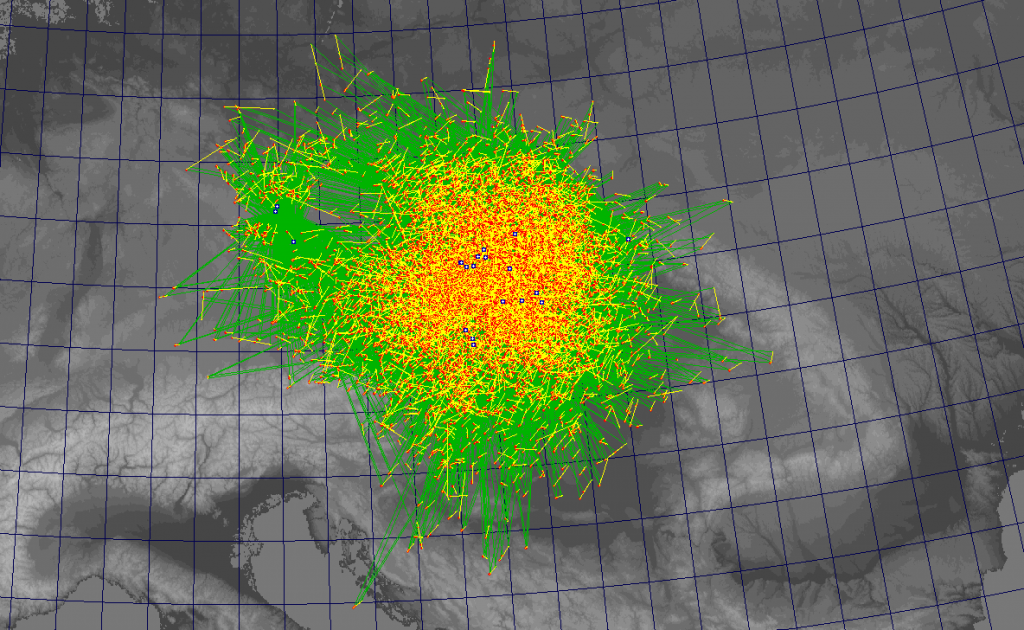
Figure 1: Ground map (central Europe) of all multi-station meteors registered by CEMeNt stations in 2016 (9 884 orbits). Overall stations positions are marked (blue circles). Author: Jakub Koukal
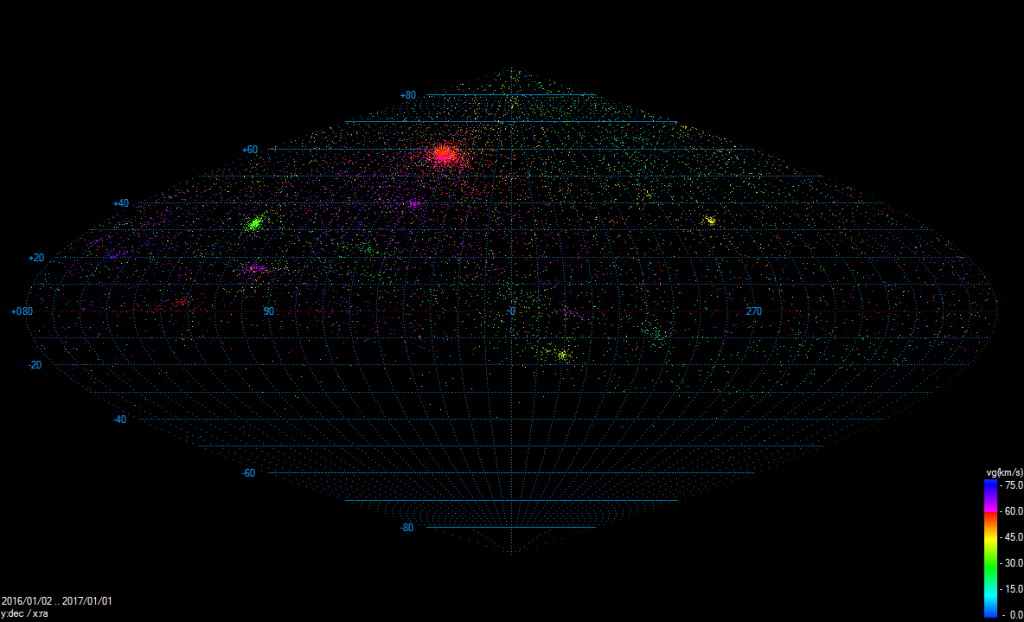
Figure 2: Radiants of all multi-station meteors registered by CEMeNt stations in 2016 (9 884 orbits). Hammer projection in equatorial coordinates is used. Author: Jakub Koukal
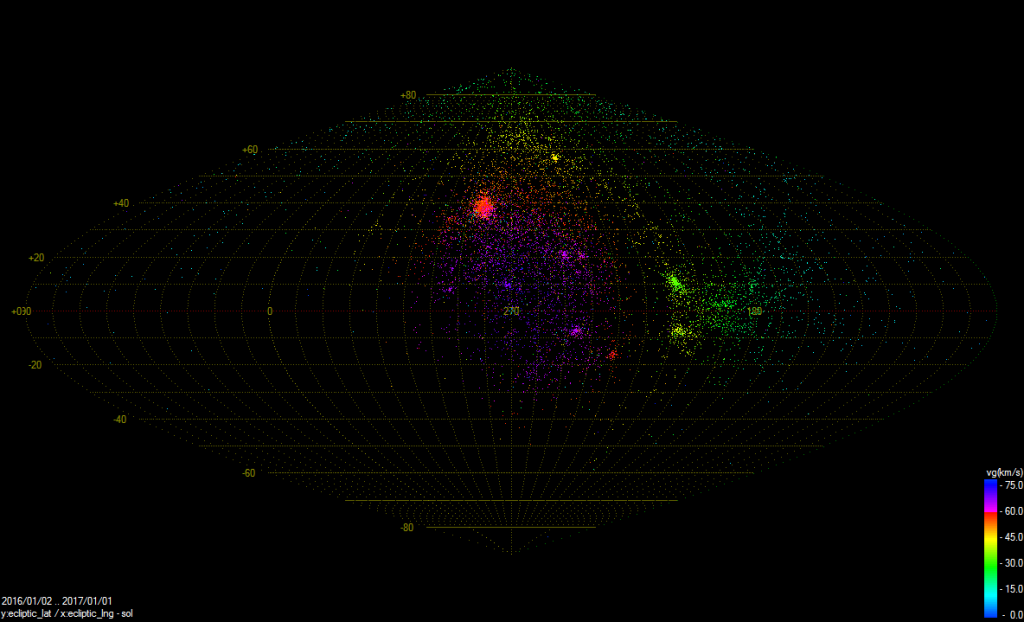
Figure 3: Radiants of all multi-station meteors registered by CEMeNt stations in 2016 (9 884 orbits). Hammer projection in ecliptic coordinate system is used. Author: jakub Koukal
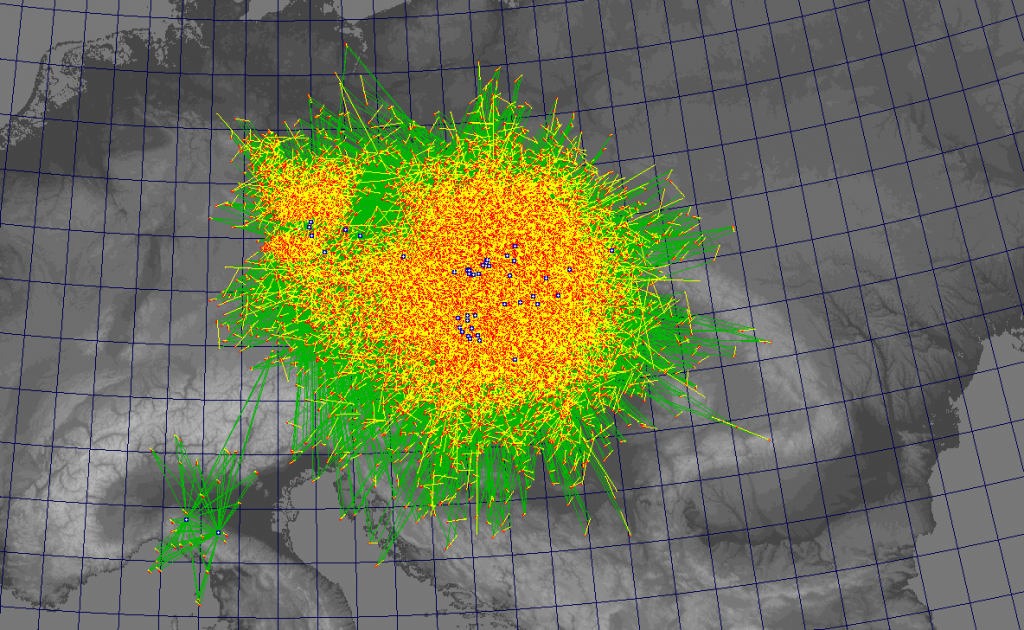
Figure 4: Ground map (central Europe) of all multi-station meteors registered by CEMeNt stations from 2010 to 2016 (36 321 orbits). Overall stations positions are marked (blue circles). Author: Jakub Koukal
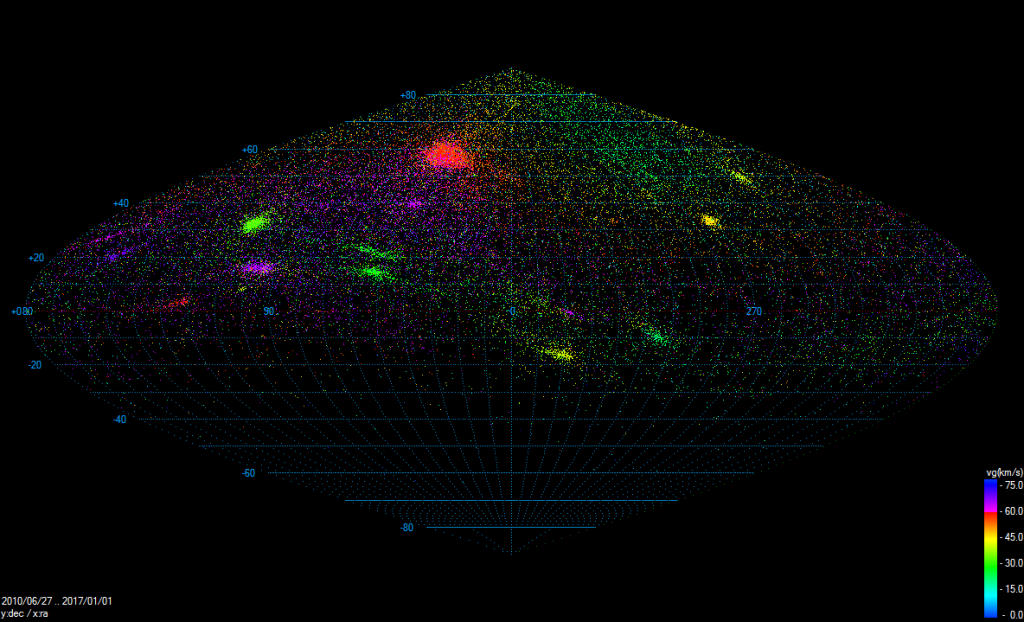
Figure 5: Radiants of all multi-station meteors registered by CEMeNt stations from 2010 to 2016 (36 321 orbits). Hammer projection in equatorial coordinates is used. Author: Jakub Koukal
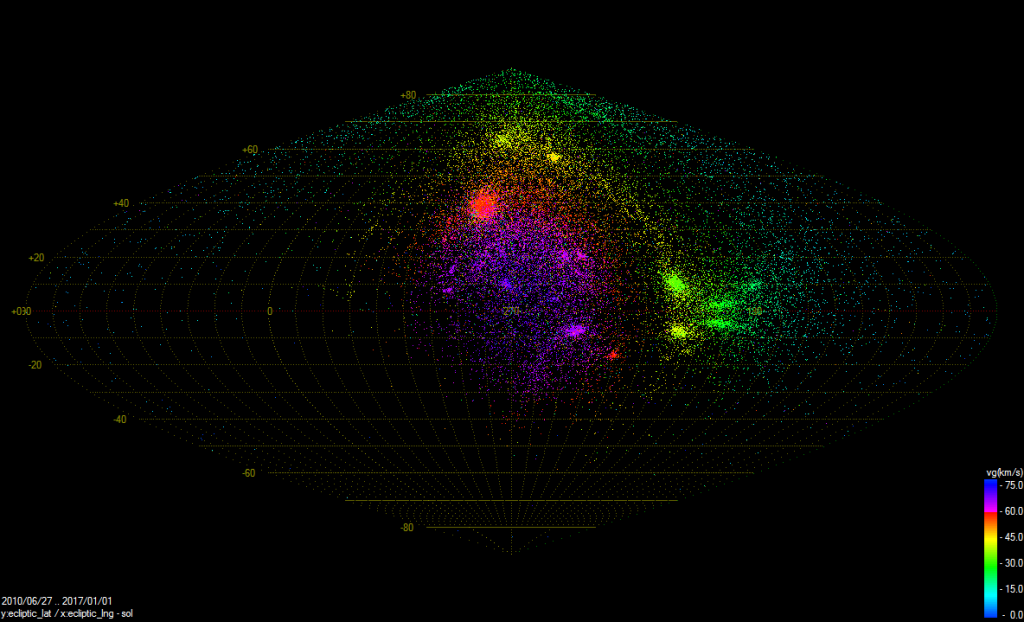
Figure 6: Radiants of all multi-station meteors registered by CEMeNt stations from 2010 to 2016 (36 321 orbits). Hammer projection in ecliptic coordinate system is used. Author: Jakub Koukal
Acknowledgement
We would like to thank to all station owners, operators and observers for long term and precise work enabling CEMeNt network independent operation. Also we would like to thank to all institutions involved for still growing support of network activities.
Projects KOSOAP (Cooperating Network of Astronomic Observational Projects, in Czech: Kooperující síť v oblasti astronomických odborně-pozorovatelských programů) and RPKS (Evolvement of the Cross Border Network for Scientific Work and Education, in Czech: Rozvoj přeshraniční kooperující sítě pro odbornou práci a vzdělávání) realized by Valašské Meziříčí Observatory (CZ) and Kysuce Observatory (SK) in cooperation with with Society for Interplanetary Matter (SMPH) were co-funded by European Union (Cross-border Cooperation Programme Slovak Republic – Czech Republic 2007-2013).
References
[1] Tóth J., Kornoš L., Gajdoš Š., Kalmančok D., Zigo P., Világi J., Hajduková M. Jr. (2008). “TV Meteor Observations from Modra“. Earth Moon Planet, 2008:102, pages 257-261; DOI: 10.1007/s11038-007-9160-8.
[2] Olech A., Żołądek P., Wiśniewski M., Krasnowski M., Kwinta M., Fajfer T., Fietkiewicz K., Dorosz D., Kowalski L., Olejnik J., Mularczyk K., Złoczewski K. (2006). “Polish Fireball Network”, In Bastiaens L., Verbert J., Wislez J.-M. and Verbeeck C., editors, Proceedings of the International Meteor Conference, Oostmalle, Belgium, 15-18 September 2005. IMO, pages 53–62.
[3] Igaz, A. (2012). “Development of the camera network in Hungary”. In Gyssens M. and Roggemans P., editors. Proceedings of the International Meteor Conference, Sibiu, Romania, 15-18 September 2011. IMO, pages 100-101.
[4] SonotaCo (2009). “A meteor shower catalog based on video observations in 2007-2008”. WGN, Journal of the International Meteor Organization 37:2, 2009, pages 55-62. Actual info on the web: www.sonotaco.com.
[5] Kornoš L., Koukal J., Piffl R., and Tóth J. (2014a). “EDMOND Meteor Database”. In Gyssens M. and Roggemans P., editors, Proceedings of the International Meteor Conference, Poznań, Poland, Aug. 22-25, 2013. IMO, pages 23–25.

